12 Interesting Cold War Facts for Kids [Things You Should Know]
The Cold War was a tense period in world history. It lasted for nearly 50 years and was a time of geopolitical tension between the Soviet Union and America. There were many reasons for the tension between the two nations and various components that contributed to the global unrest that people felt.
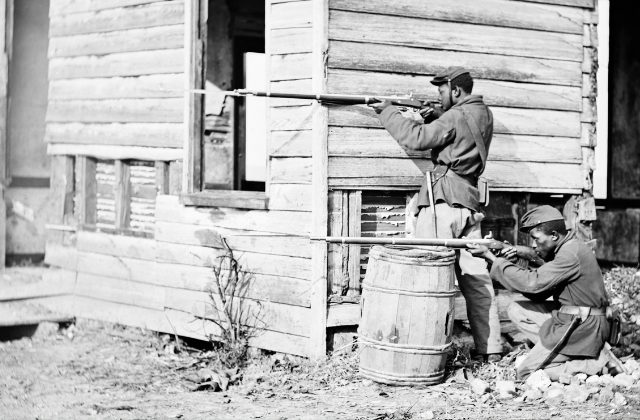
There were multiple phases of the Cold War, along with several countries that took different sides. In this article, we’ll be taking a closer look at the cold war, why it happened, and what the results of it were.
Let’s dive in.
12 Interesting Cold War Facts
1. The Cold War originated at the end of World War II.
The Cold War began two years after Germany surrendered, and WW2 ended. At the time, relations between the United States of America and Britain on one side and the Soviet Union on the other were tense and uneasy. The relationship between these nations was formed during WW2. When 1948 came around, the Soviets started to establish left-wing governments in different parts of Eastern Europe because they wanted to maintain control of Eastern European countries. They needed to maintain control because they didn’t want Germany to regain control of Western Europe. They also wanted to spread communism.
2. George Orwell first used the term ‘cold war.’
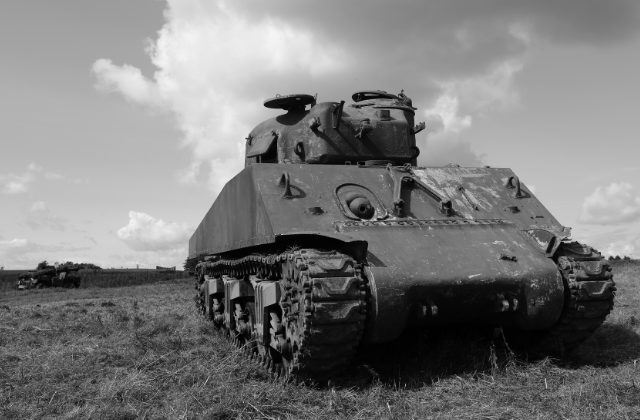
Orwell wrote an essay called You and the Atomic Bomb in 1945 and included the term after the US bombed Hiroshima and Nagasaki. In his essay, he looked at the world as a divided place and examined the invention of the atomic bomb and its power to alter the course of human history. Orwell saw the atomic bomb as something with the power to threaten world peace as well. Over 100,000 Japanese people died because of the bomb, and Orwell predicted that it would prompt the creation of an unconquerable state that was always in a state of a ‘cold war.’
3. The Potsdam Conference played an important role at the beginning of the Cold War.
Before the Cold War officially began, the three most powerful nations in the world, the USA, Great Britain, and the Soviet Union met in Potsdam to discuss and put together a plan for peace. The plan for peace was to be established in the wake of WW2, and the three nations wanted to discuss the war’s effects, administer Germany, and resolve various issues in the peace treaty. During the conference, President Harry Truman took the Soviet leader Joseph Stalin aside and informed him that America owned a powerful new destructive weapon, the atomic bomb. However, thanks to spies who gave him the information, Stalin already knew about the bomb project. Various other notable historical events took place as time passed, and the conference was ultimately unsuccessful.
4. The Cold War invited competition between America and the Soviet Union.
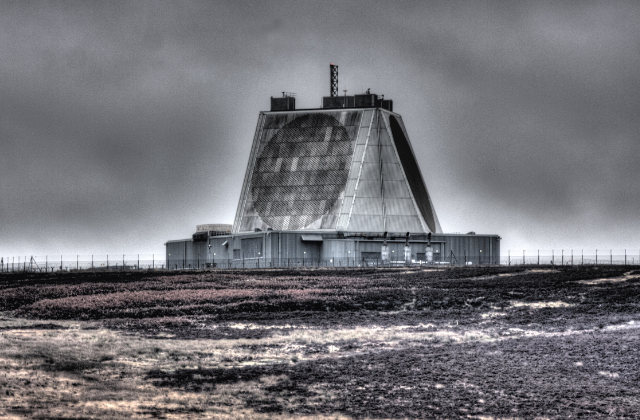
One of the most notable examples of competition between the two superpowers was their desire to explore space. The Soviet Union launched its first satellite, Sputnik, in 1957, marking the first time the Earth’s orbit had a man-made object. In terms of areas of exploration, space was considered the next frontier for the American people, and Sputnik’s launch angered them. America went on launch its own satellite the following year. It was called Explored I. However, the Soviets continued to best America and were the first country in the world to send a man to space.
5. The Soviet Union’s army was the biggest in the world.
Even though America had the atomic bomb, the number of members in the Soviet army was bigger and more powerful. They had a bigger workforce, weapons, and well-developed military bases. Research shows that the Soviet army was significantly more powerful than the US army by the 1980s, so much so that their numbers exceeded America’s. They spent more money and resources on developing their army and increased their spending by 1.2% in five years between 1981 and 1986.
6. Espionage was very common during the Cold War’s 40 years.
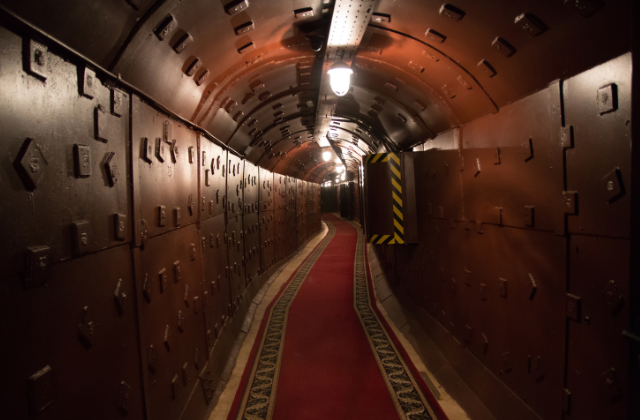
A good example of espionage during the Cold War was when Stalin already knew about the American atomic bomb invention, even though Truman thought he was the first person to tell Stalin about it. All the major countries involved in the Cold War used a variety of spying methods, including double agents, phone tapping, and moles. The KGB, CIA, and MI6 were the most active agencies operating during the war.
7. NATO was formed during the Cold War.
NATO stands for the North Atlantic Treaty Organization, and it was created in 1949. It was created by several countries, like the United States, Canada, and various European countries. They created it for protection against the Soviet Union, as well as to ensure peace among the European countries and maintain cooperation among their members.
8. The Cold War witnessed a massive arms race as more and more time went on.
An arms race refers to a time when at least two countries increase the number of military resources, as well as their quality, to gain military leverage against their rivals. During the Cold War, the world witnessed one of the biggest and most expensive arms races in history as both the United States and Russia expanded their military budgets. The Americans dropped a bomb on Hiroshima and didn’t tell the Russians about it. After the attack on Japan, America continued building more atomic weapons, but the Soviet Union built its own atomic bomb. By this point, the arms race had properly begun.
9. The United States didn’t want communism to spread.
The American government didn’t want communism to spread to countries beyond the Soviet Union because they felt as though the effect of communism would rapidly spread and influence other countries, specifically those that were underfunded and easily influenced. They also felt that the more communism spread, the more countries the Soviet Union could control. Therefore, in order to stop the spread of communism, the United States government decided to provide poorer countries with significant amounts of financial aid, in numbers that the Soviet Union couldn’t match.
10. The Cold War witnessed America use a strategy they called containment.
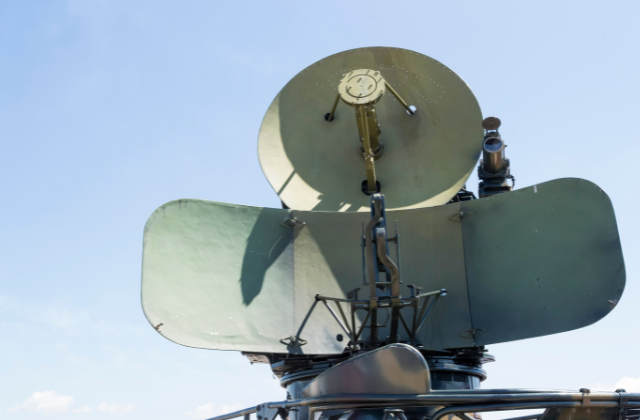
Since the US and Soviet Union couldn’t come to an agreement, the USA decided that the best way to defend itself against the Soviet Union would be to use the strategy of containment. This meant that American foreign policy was reshaped, and communism was contained in several parts of the world.
11. The US developed the first hydrogen bomb.
While scientists appreciated the idea of developing a “super bomb,” others were less enthused. However, as tensions continued to grow during the middle of the 20th century, the race quickened between America and the Soviet Union to develop the world’s first hydrogen bomb. By the time the 1950s rolled around, a group of American scientists had developed a hydrogen device. The bomb that they built was large and left a trail of deadly destruction in its wake, including a crater in the earth that was over a mile wide. It also left behind a cloud of dust that was over 25 miles high and 100 miles wide.
12. The fall of the Berlin wall marked the end of the Cold War.
Once the Berlin wall fell and people native to Berlin were allowed to cross the border, the Cold War slowly came to a close. The Soviet Union came to a dissolution, and the United States began to establish diplomatic relationships with other countries like France. The US also signed a treaty with the Soviet Union that limited both countries’ manufacturing of nuclear weapons.
Conclusion
In this article, we walked you through a list of information about the Cold War. The Cold War saw many historical events occur, and it caused a lot of tension in many countries around the world, not to mention the thousands of lives lost as a result of proxy wars fought during the time. We barely scratched the surface in this guide, but we hope that we provided you with a great jumping off point.
